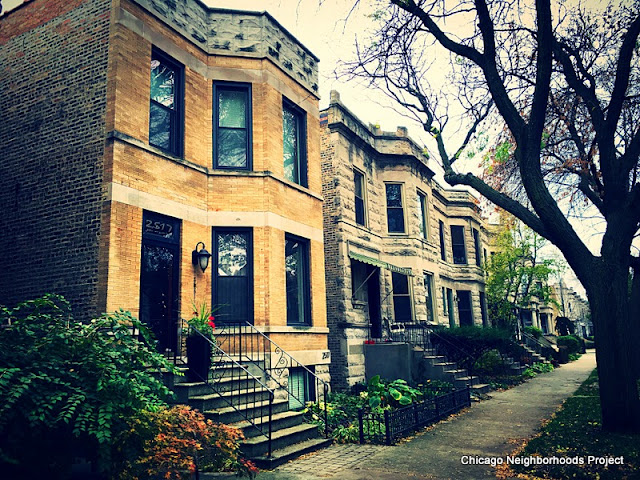Part 1 (Go the beginning of Choosing Chicago, if you missed the first part of the series. Otherwise, read on.)
Part 2
Trying to determine the perfect neighborhood turned out to be more difficult than I anticipated. At first, I started to collect surveys and “best of” lists for this or that category. Soon I amassed a vast pile of conflicting opinions. My only conclusion was if Forbes magazine liked a city, I probably wouldn’t. Otherwise I was lost.
I did hold on to one magazine article after throwing the rest in the trash. It not only ranked the current “walkability” of various U.S. cities, it also projected where would be most walkable in the future. I decided I could make some comparisons for myself on the train trip. Sure, New York City or San Francisco might be pedestrian heaven, but we couldn’t afford them. This was insider knowledge on how to make a budget choice on finding an unassuming city poised to bloom into an urban utopia.
Who knew there were places like Miami that were positioned to bypass some of the old industrial cities of the North? The article claimed it wasn’t just a single neighborhood in downtown. Entire areas were about to have sidewalks brimming with pedestrians. Sure, I might think a certain city looked appealing right now, but was I missing a golden opportunity for the future? Who was going to keep their urban advantages over time?
The Great American Train Ride to Miami would help me narrow down the city selection process. We were already working with some constraints, particularly our budget. We’d decided we were likely to find our desired amenities in the middle of a major city, except there was a problem. We couldn’t afford an apartment in the downtowns of any of the largest cities, except Houston. That alone should tell you something about the Lone Star state.
Most southern cities were built out after World War Two, air conditioning, and a reliance on cars for transportation. Therefore, they tend to be auto-centric and what we were trying to leave behind. I’d say it’s a toss up whether driving is the more miserable commuter hell in LA or Atlanta. However, I was trying to keep an open mind about how cities would evolve in the future.
My daughter and I struck out on Amtrak. Bunking in the sleeping car, as opposed to coach, we were headed on a land cruise. First stop was Chicago. We’d taken long weekend trips to the city in the past. Unlike LA, the train station is easily accessible to dozens of hotels and miles, upon literal miles, of walking neighborhoods of restaurants and shops. We have no problem strolling a dozen miles in a day if the area is hospitable.
Since we were already familiar with Chicago we quickly headed off to Boston, which has some of the best universities in the world. My daughter was expecting a young vibe, given the density of colleges. However, the downtown area where we stayed was tourists and chain stores. In between the historical sites were bland corporate high rises. Chinatown was a bit dicey but only covered a couple blocks. The old neighboring red light district appeared to be all but gone. Only the trendy boutiques on Newbury Street in Back Bay provided a diversion from the requisite history tours we took.
My daughter took Boston off her own dream cities list. It was too sleepy. Having lived there for some brief spells I knew their snow-packed winters got really, really cold. With the high cost of living I didn’t see a compelling reason to move there either.
Part 3 (The day I fell in love with Philly.)
Part 3 (The day I fell in love with Philly.)

No comments:
Post a Comment